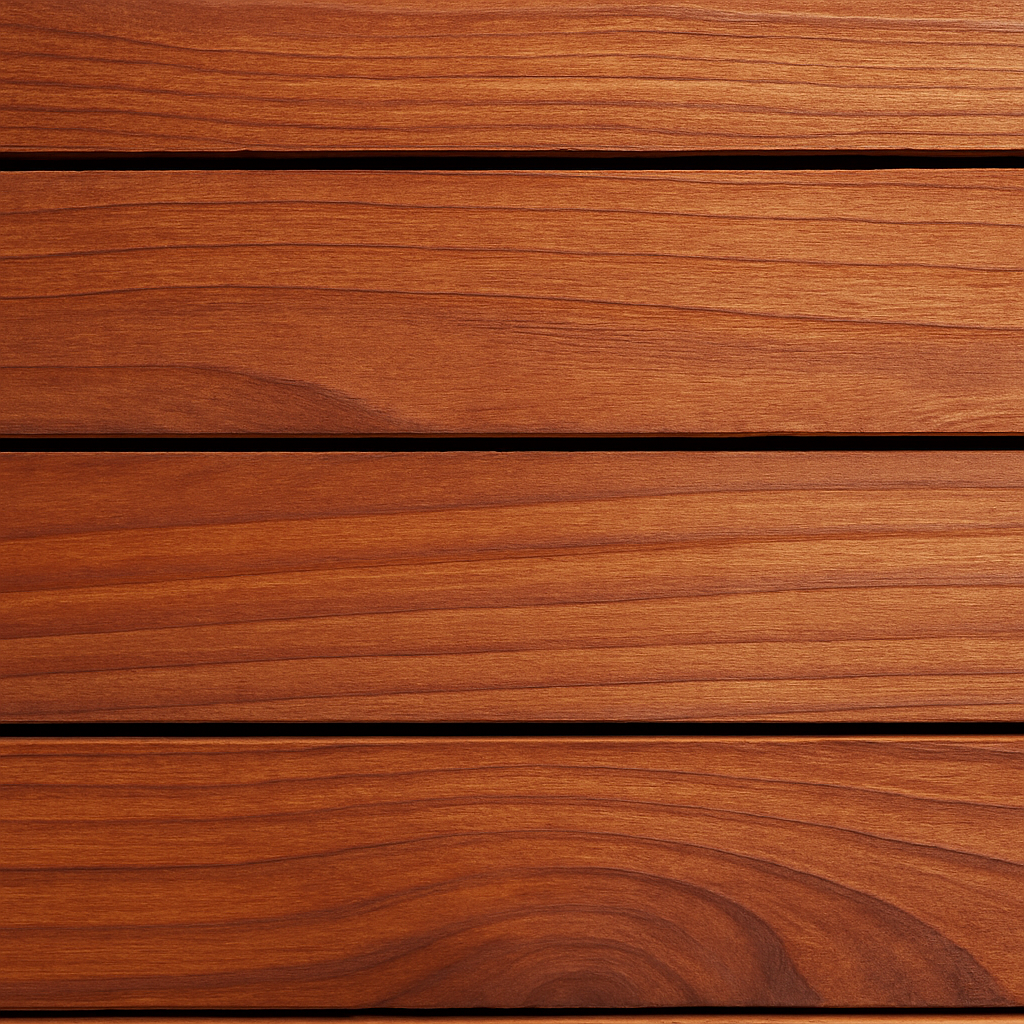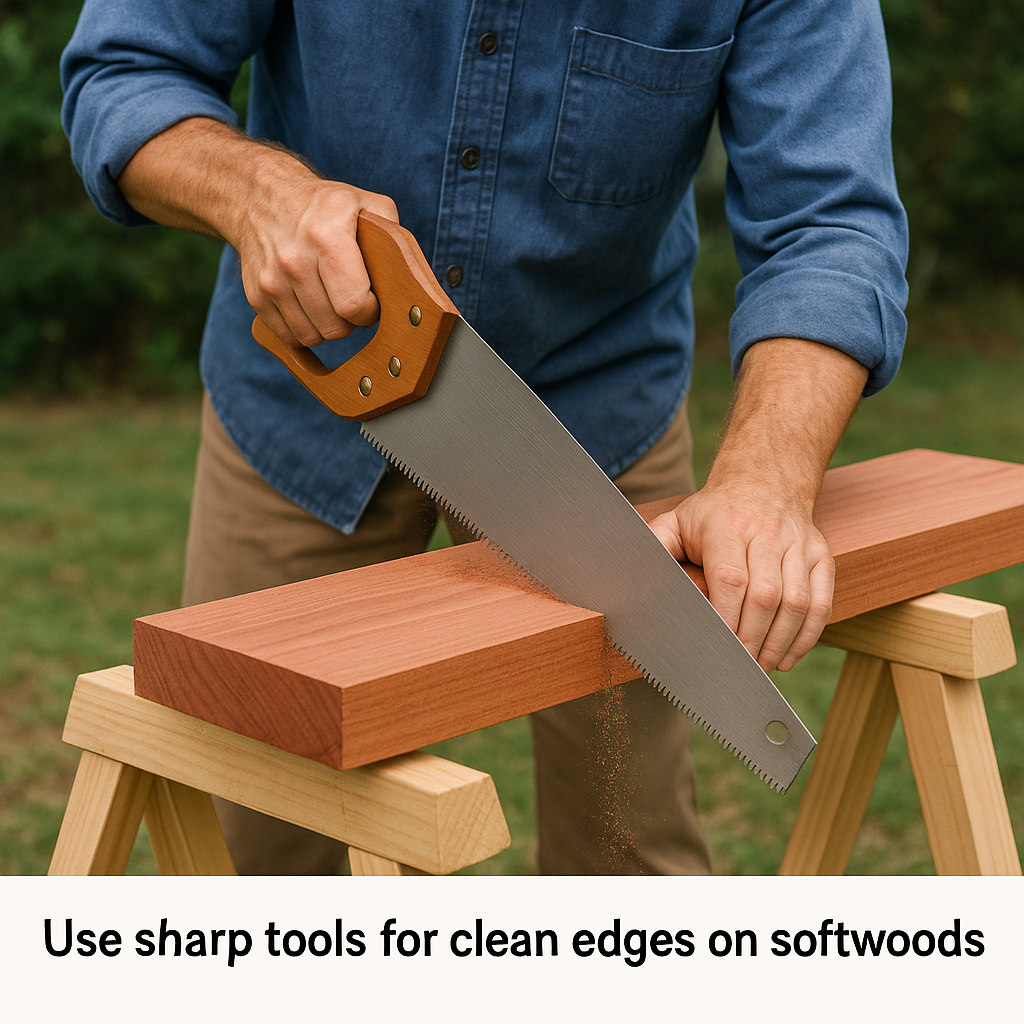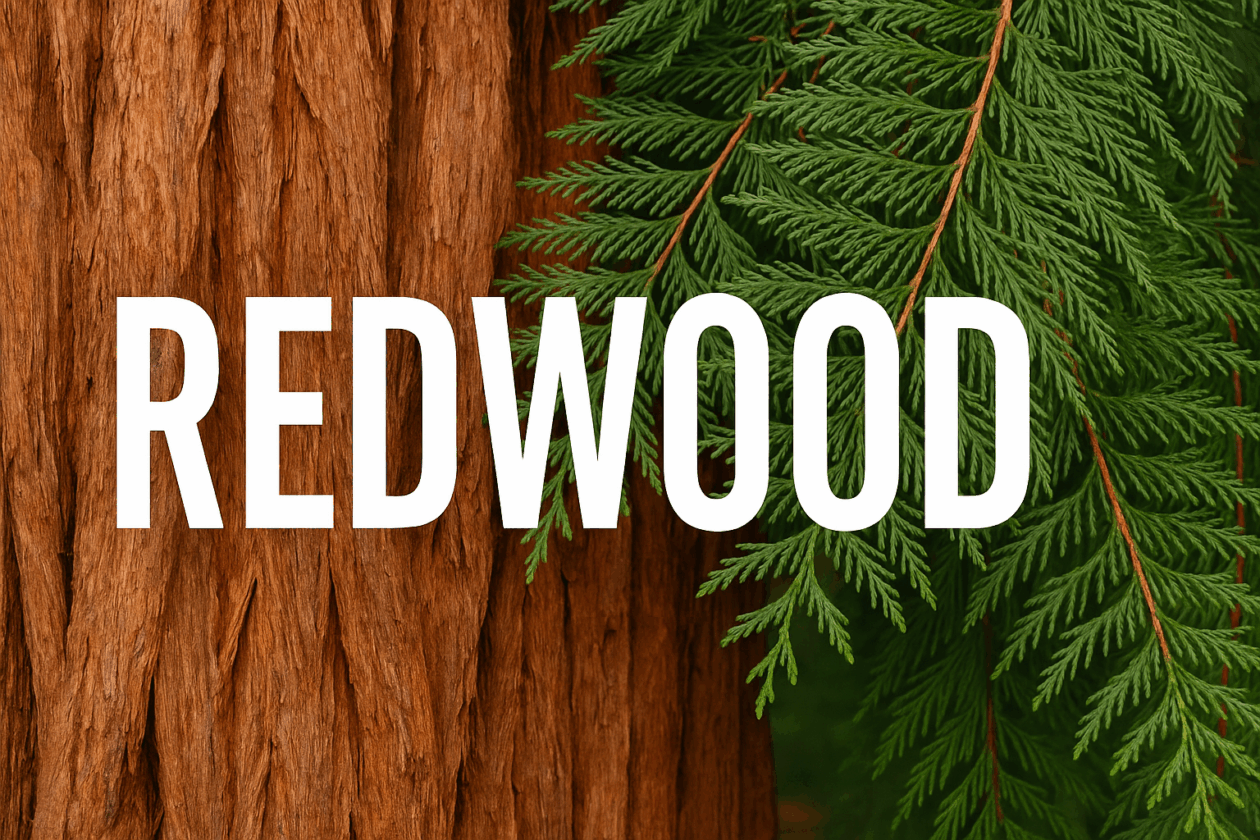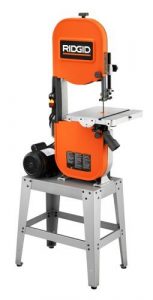When you picture the American West Coast, it’s hard not to imagine the towering redwoods lining foggy hillsides. These majestic trees are not just nature’s skyscrapers—they’re also one of the most beloved materials in woodworking. From backyard fences to elegant beams, redwood’s strength, beauty, and resilience have made it a favorite among carpenters, landscapers, and weekend warriors alike. Even though old-growth redwood is protected, second-growth lumber from responsibly managed forests remains widely available for projects of all scales.

Why Redwood Is a Favorite for Builders
Redwood’s natural reddish tone instantly elevates the appearance of any structure. But beyond aesthetics, it offers something equally important—durability. Thanks to its high tannin levels, it naturally resists decay, pests, and even wildfire to a degree. And because it contains very little resin, it doesn’t gum up saw blades, making it easy to work with for both professionals and hobbyists.
Common Projects :
- Decking: Redwood decking boards are long-lasting and visually striking.
- Outdoor Seating: Perfect for Adirondack chairs or bench frames.
- Fencing: Withstands years of exposure with minimal upkeep.
- Pergolas and Garden Features: Add warmth and character to outdoor spaces.
Redwood vs. Other Softwoods
Compared to pine or fir, redwood holds up far better in damp or humid conditions. Cedar is a close competitor, but its often wins on longevity and visual appeal. It also doesn’t require pressure treating, unlike many softwoods, which rely on chemical preservatives to prevent rot.
Understanding Redwood Grades
Redwood is graded by clarity, grain consistency, and the ratio of heartwood to sapwood. Heartwood—the deep-colored core of the tree—is more resistant to decay and typically used in premium applications.
Top Grades:
- Clear All Heart (CAH) – Pristine and all-heartwood.
- Heart Clear (CH) – Minor imperfections but still heartwood.
- Heart B (HB) – Includes tight knots and variations.
Lower or Mixed Grades:
- Construction Heart – Functional and strong for framing.
- Deck Common – Budget-friendly for large builds.
- Merchantable – Lower grade, best for hidden structural work.
Redwood lumber has its grading system, which includes a variety of different grades:
| Architectural Heartwood Grades | |
| Clear All Heart (CAH) | Finest architectural heartwood, free of defects on at least one face. Generally comes surfaced and well-machined. Usually kiln dried. |
| Heart Clear (CH) | Similar to CAH but with limited imperfections allowed. Usually kiln dried and surfaced or saw-textured. |
| Heart B (HB) | Economy grade redwood used for fences, retaining walls and garden structures. Larger knotholes and imperfections are allowed, as well as splits and checks. |
| Architectural Sapwood Grades | |
| Clear | The same general quality as CH, but allowing sapwood. |
| B Grade | Similar to clear, but with limited imperfections and knots. |
| Garden Grade Heartwood | |
| Construction Heart | Contains various sized knots. Can be purchased surfaced or rough, KD or unseasoned. Most commonly used for deck posts, fences, retaining walls and garden structures. |
| Deck Heart | Similar in appearance and specifications to construction heart, but also graded for strength. Deck heart is only available in 2×4 and 2×6 sizes. |
| Merchantable Heart | Economy grade redwood used for fences, retaining walls, and garden structures. Larger knotholes and imperfections are allowed, as well as splits and checks. |
| Garden Grade Sapwood | |
| Construction Common | Essentially the same as Con Heart, with the addition of sapwood. Used for decks, fences, and above-ground garden uses. |
| Deck Common | Similar to Con Common, with the exception that it is graded for strength. Only available in 2×4 and 2×6 sizes. |
| Merchantable | Essentially equal to merchantable heart, with the addition of sapwood. |
For more wood grading clarity, read Plywood Grades Explained.
Redwood Lumber vs. Redwood Plywood
You won’t find much redwood plywood at your local home store—it’s mostly used in niche millwork and specialty orders. In contrast, solid redwood boards are available in many lengths and thicknesses. For decorative or load-bearing outdoor work, solid redwood performs better. If you’re comparing it to indoor-friendly panels, check out our list of Best Plywood for Cabinets.
Redwood from Other Regions
California redwood is iconic, but other countries grow it too. New Zealand plantations produce it with wider growth rings and slightly less density. Still, it’s a sustainable and affordable choice. Just make sure you’re not buying “Scandinavian redwood”—a common term for treated pine that’s dyed red.
Is Pressure-Treated Redwood a Myth?
Mostly, yes. Real redwood doesn’t need pressure treatment. Its natural properties make it rot-resistant without added chemicals. If you see pressure-treated redwood advertised, it’s likely dyed pine. Stick with heartwood and add sealant for additional moisture protection.
Useful protection products:
Tips for Working With Redwood

Whether you’re cutting, routing, or fastening, it is a pleasure to handle. Keep your blades sharp to avoid tearing, and always pre-drill to reduce splitting. Use non-corrosive fasteners to prevent black stains caused by iron reacting with the tannins in the wood.
Top tools and adhesives:
Redwood and the Environment
Modern redwood harvesting is eco-conscious. Most suppliers rely on replanted trees and follow strict sustainability practices. The FSC certification guarantees that your wood comes from responsibly managed forests that protect biodiversity and workers’ rights.
Where to Get Redwood
You can pick it up from:
Easy DIY Projects With Redwood
Start simple with a raised planter box or a compost bin—redwood stands up to soil contact without rot. If you want to get fancy, try building a freestanding pergola or a custom outdoor sectional. Redwood’s straight grain makes it ideal for precise cuts and intricate joinery.
When using redwood outdoors, seal the ends of cuts, elevate pieces off the ground, and use a UV-resistant finish to preserve that warm, reddish tone.
Caring for Redwood
It doesn’t demand much maintenance. Clean it twice a year with mild soap and a soft brush. Re-oil or reseal high-traffic surfaces annually. For a natural look, let it age to a silvery gray over time.
Store outdoor furniture indoors during winter months or cover with breathable materials to extend its life.
Bringing Redwood Indoors
Redwood makes a striking impression inside, too. Install it as a feature wall, ceiling beam, or fireplace surround. For furniture, use it for shelving, headboards, or decorative trim. Just keep in mind that redwood is softer than hardwoods and better suited for accents than heavy-use tabletops.
Apply a clear indoor finish to lock in color and protect the surface from scratches.
Final Thoughts: Is Redwood Worth It?
Absolutely. It blends natural beauty, long-term durability, and minimal upkeep—ideal for both professional builds and DIY projects. It’s more expensive than standard softwoods but well worth the price if you want results that last for long.




